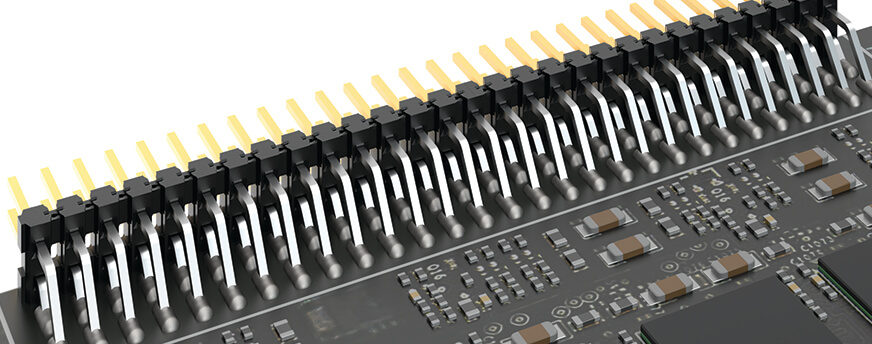
Processing a component onto a PCB used to be fairly straightforward. Through-hole products, or a single or double row surface mount with a larger centerline rarely offer unique challenges obtaining a proper solder joint.
However, as electronics continue to get smaller and connectors become more dense, there is a need to ensure that the inner rows of the connectors properly solder and obtain a strong solder joint.
Connector manufacturers have addressed this in many ways, and one of the ways to ensure a proper solder joint is by the use of a solder charge. This pin design is used in the Samtec SEARAYTM High-Density Open-Pin Field Arrays.
What is a Solder Charge?
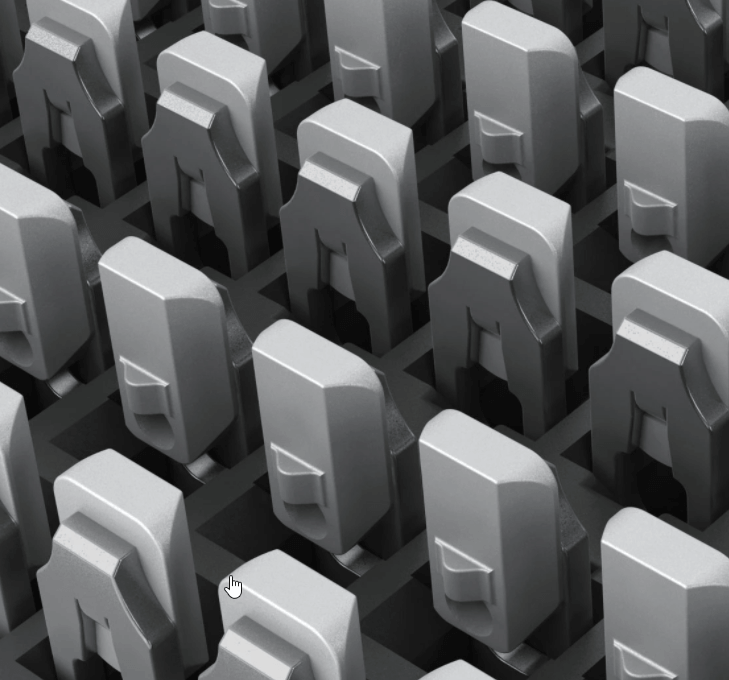
A solder charge is similar to the ball grid array (BGA) connectors of the past in that they add more solder to the solder joint by means of attaching solder directly to the pin.
Where the solder charge differs is how the solder attaches to the pin, and the extra space between rows.
When you look at the pin, to the right, you can see the slot in the pin. This allows solder to flow through to the other side of the pin, and increases board retention in the solder joint.
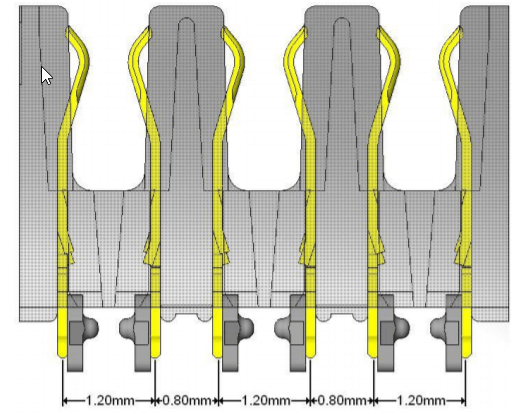
The SEAF8 / SEAM8 is afforded extra space per row, a larger pitch, due to the alternating solder charges. This allows designers additional trace routing for high I/O connectors.
A solder charge will lead to a better solder joint without the need to increase solder paste by a thicker stencil. Having the additional solder will ensure a higher success rate of proper solder joints with less time spent reworking.
What about Oven Profiles?
Having a proper oven profile for solder reflow is more important today than ever before. In fact, Samtec has a team of engineers to help our customers with processing our connectors.
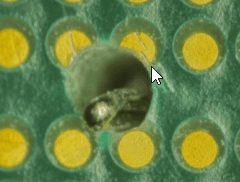
Proper reflow is important, and this is why properly profiling a populated board is crucial. The typical recommendation is to drill two holes in the PCB and place a thermocouple in the center of the part and one on the outside edge.
By doing this, you can test your oven profile and determine if it needs to be adjusted to hit the proper reflow temperature for the paste.
Want to see the reflow process in action for a solder charge? Check out the video produced by Samtec here.
For more information on processing connectors please see our website here, or email [email protected].
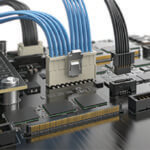
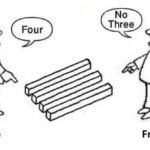
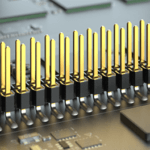
Leave a Reply